Depression, a pervasive mental health challenge affecting millions worldwide, can cast a heavy shadow over daily life. While professional treatment, such as therapy and medication, remains critical for many, complementary practices like yoga have gained recognition for their potential to alleviate symptoms and foster emotional well-being. Rooted in ancient traditions, yoga combines physical movement, breathwork, and mindfulness to create a holistic approach to mental health. Here’s how yoga can serve as a powerful tool in navigating the journey out of depression.
The Science Behind Yoga and Mental Health
Research increasingly supports yoga’s role in reducing depression symptoms. A 2017 meta-analysis published in the Journal of Clinical Psychiatry found that yoga significantly reduced depressive symptoms in adults, with effects comparable to those of antidepressants in some cases. The practice influences the brain and body in several ways:
- Regulates Stress Hormones: Yoga lowers cortisol levels, the stress hormone linked to depression. By calming the body’s stress response, it helps reduce feelings of overwhelm.
- Boosts Neurotransmitters: Practices like yoga stimulate the release of serotonin and gamma-aminobutyric acid (GABA), neurotransmitters that promote feelings of calm and happiness.
- Enhances Brain Connectivity: Studies, such as one from Frontiers in Immunology (2018), show that yoga improves connectivity in brain regions associated with mood regulation, like the prefrontal cortex.
These physiological changes create a foundation for emotional resilience, making yoga a promising adjunct to traditional treatments.
Physical Movement: A Path to Emotional Release
Depression often manifests physically—fatigue, body aches, or a sense of heaviness. Yoga’s gentle poses, or asanas, help release stored tension and improve energy flow. Practices like Hatha or Yin yoga, which emphasize slow, deliberate movements, are particularly effective for beginners or those feeling physically drained.
- Child’s Pose (Balasana): This restorative pose promotes relaxation and a sense of safety, calming the nervous system.
- Cat-Cow Pose (Marjaryasana-Bitilasana): These flowing movements connect breath with motion, easing mental fog and fostering mindfulness.
- Forward Fold (Uttanasana): This pose encourages introspection and releases tension in the back and shoulders, areas where stress often accumulates.
By engaging the body, yoga helps individuals reconnect with themselves, countering the disconnection that depression often brings.
Breathwork: Calming the Mind
Breathwork, or pranayama, is a cornerstone of yoga that directly impacts mental state. Depression can disrupt breathing patterns, leading to shallow or erratic breaths that exacerbate anxiety. Controlled breathing techniques activate the parasympathetic nervous system, promoting relaxation.
- Diaphragmatic Breathing: Slow, deep belly breathing reduces anxiety and grounds the mind.
- Alternate Nostril Breathing (Nadi Shodhana): This practice balances the brain’s hemispheres, fostering emotional stability.
- Ujjayi Breath: Often called “ocean breath,” this technique soothes the nervous system and enhances focus.
A 2020 study in Complementary Therapies in Clinical Practice found that regular pranayama practice significantly reduced depressive symptoms in participants over eight weeks, highlighting its therapeutic potential.
Mindfulness and Meditation: Rewiring Thought Patterns
Depression often traps individuals in negative thought loops. Yoga’s meditative practices help break this cycle by cultivating mindfulness—awareness of the present moment without judgment. Guided meditations or mindfulness-based yoga styles, like Vinyasa or Kundalini, encourage self-compassion and emotional clarity.
- Body Scan Meditation: This practice involves mentally scanning the body to release tension and foster self-awareness, helping individuals identify and process emotions.
- Loving-Kindness Meditation (Metta): Focusing on sending compassion to oneself and others, this practice counters feelings of isolation and self-criticism.
A 2019 study in Frontiers in Psychology noted that mindfulness-based yoga interventions improved self-reported depression scores by enhancing emotional regulation and reducing rumination.
Building a Routine: Practical Steps to Start
Starting a yoga practice can feel daunting, especially when depression saps motivation. Here are practical tips to begin:
- Start Small: Begin with 10-15 minutes daily. Online platforms like Yoga With Adriene or apps like Down Dog offer accessible, depression-focused sequences.
- Choose Gentle Styles: Opt for Hatha, Restorative, or Yin yoga to avoid overwhelm. These styles prioritize relaxation over intensity.
- Create a Safe Space: Practice in a quiet, comfortable environment to foster a sense of security.
- Combine with Professional Support: Yoga is a complement, not a replacement, for therapy or medication. Consult a healthcare provider to integrate yoga into your treatment plan.
- Join a Community: Group classes or online yoga communities can combat isolation, a common depression symptom.
Real-Life Impact
Consider the story of Sarah, a 34-year-old teacher who struggled with depression for years. After starting a daily 20-minute yoga practice combining gentle poses and breathwork, she noticed a shift. “I felt lighter, like I could breathe again,” she shared. Over time, yoga became a tool to manage low days, complementing her therapy sessions and helping her regain a sense of agency.
Limitations and Considerations
While yoga shows promise, it’s not a cure-all. Severe depression may require intensive medical intervention, and yoga’s benefits vary by individual. Those with physical limitations or trauma histories should consult instructors trained in trauma-informed yoga to ensure safety. Additionally, consistency is key—sporadic practice may yield limited results.
A Path to Healing
Yoga offers a multifaceted approach to easing depression by addressing the body, mind, and spirit. Its blend of movement, breath, and mindfulness fosters resilience, reduces stress, and nurtures self-compassion. While not a standalone solution, yoga can be a powerful ally in the journey toward healing, offering hope and a renewed sense of connection. If you’re navigating depression, consider rolling out a mat and taking that first, gentle step—you may find it leads to brighter days.
Sources: Journal of Clinical Psychiatry (2017), Frontiers in Immunology (2018), Complementary Therapies in Clinical Practice (2020), Frontiers in Psychology (2019).

